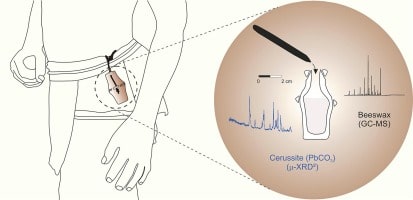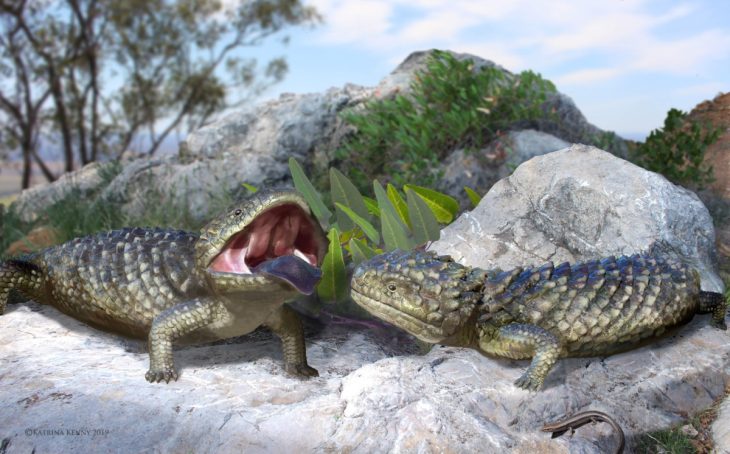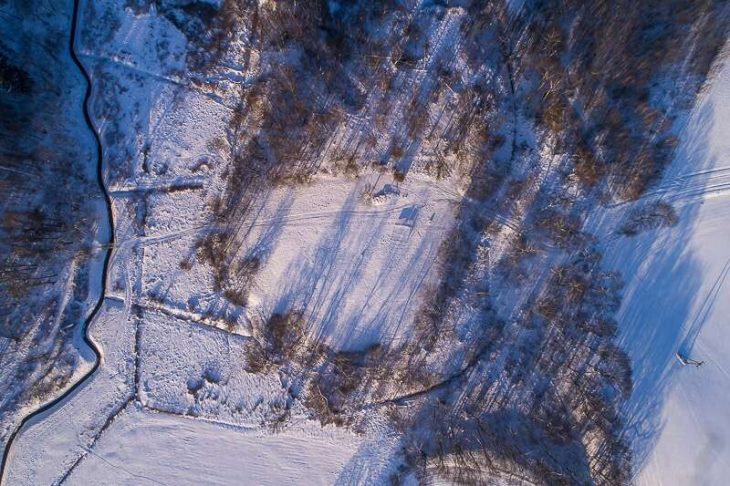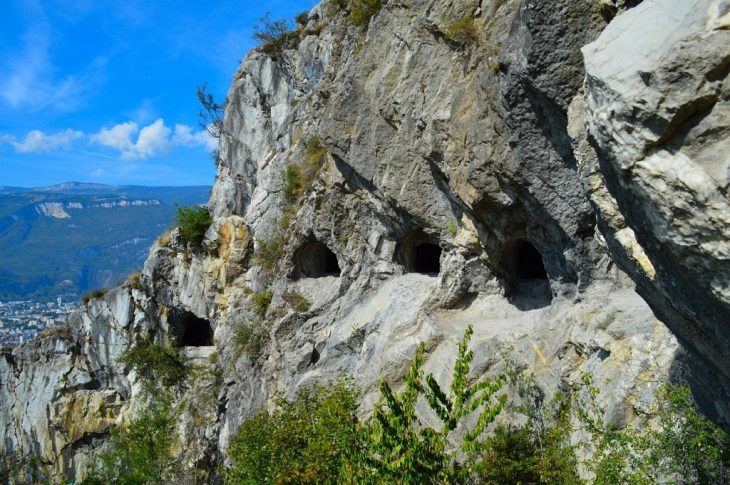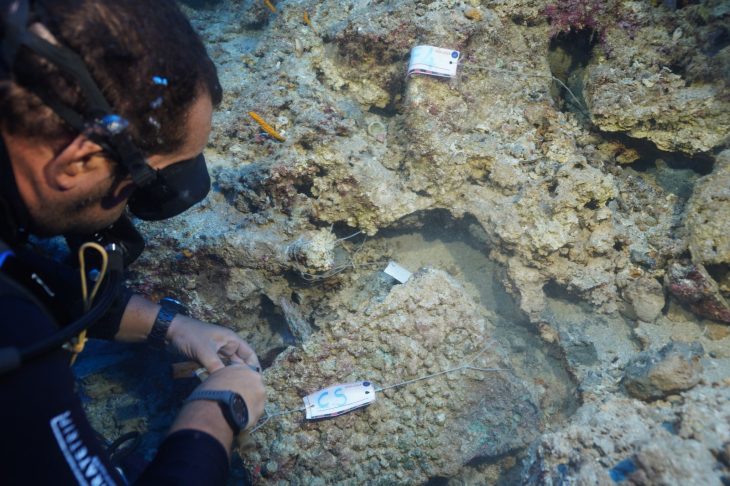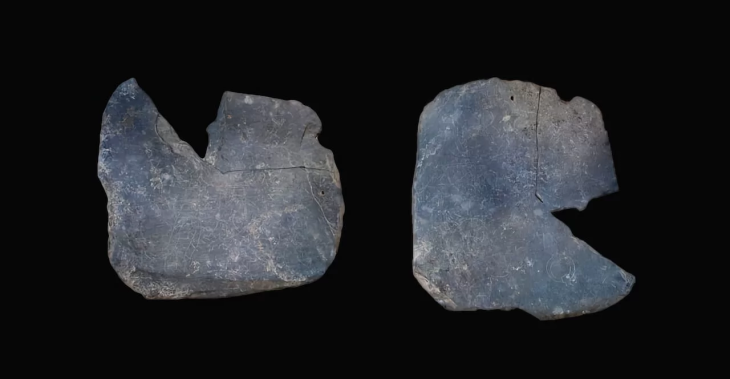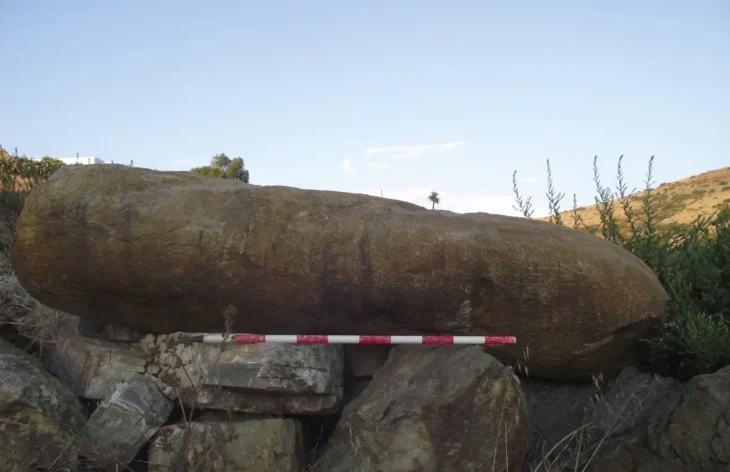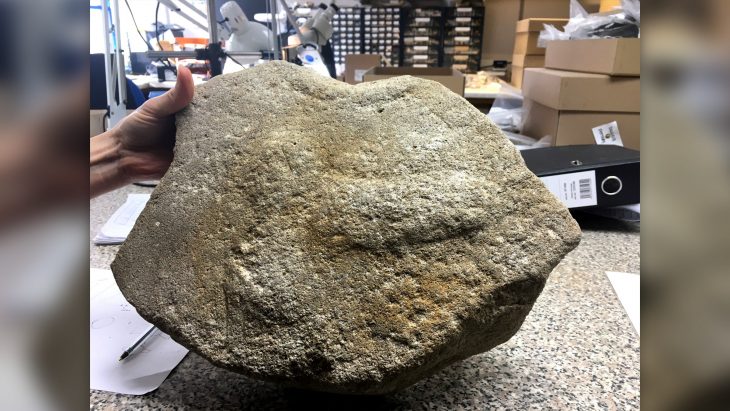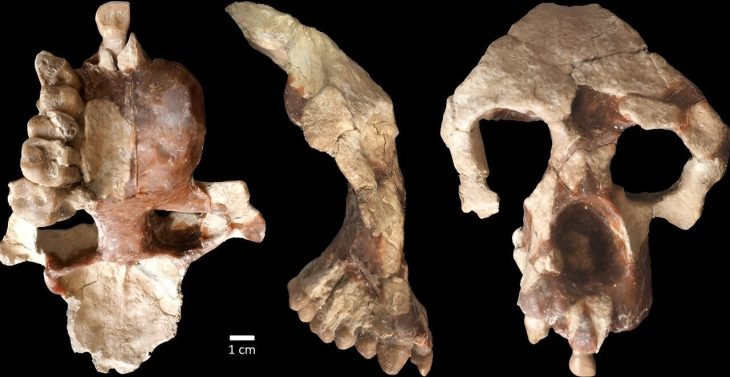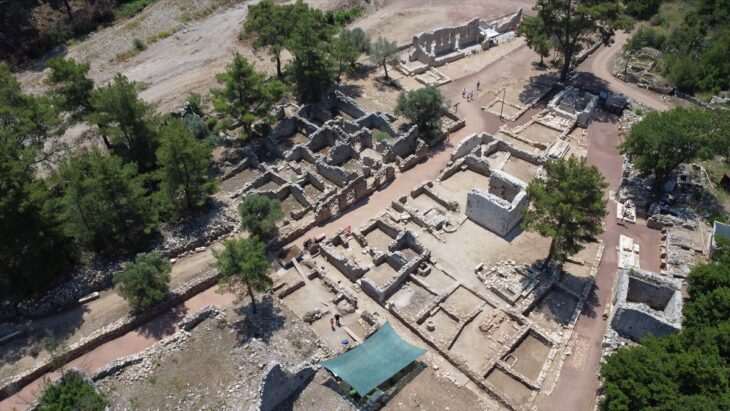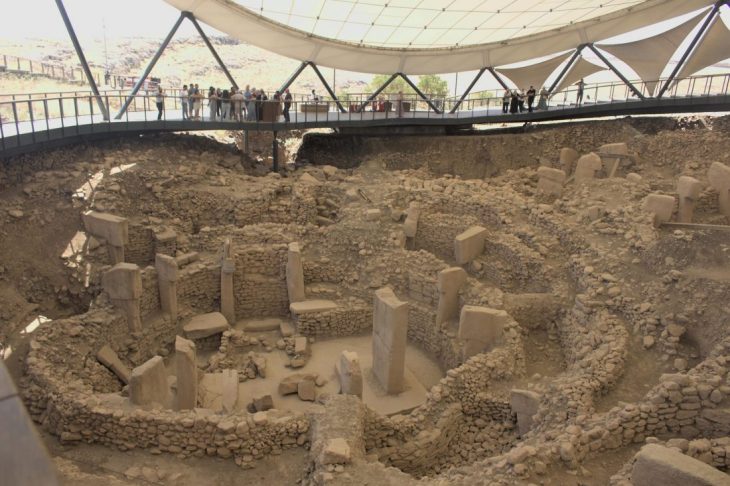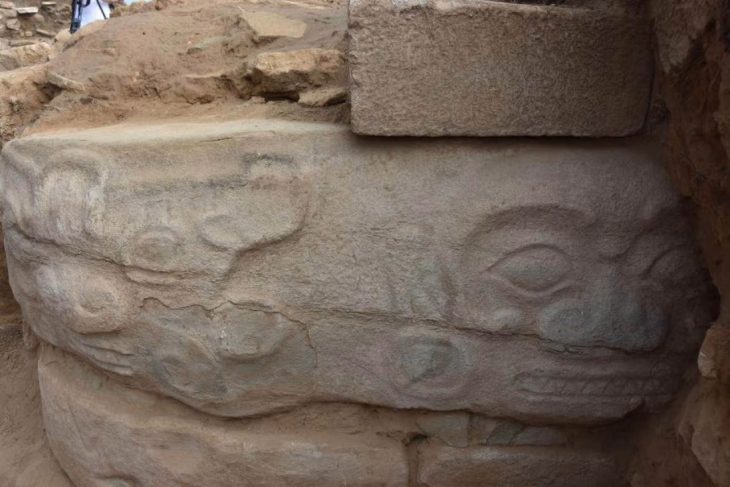In miniature ceramic bottles from excavations ascribed to the Lasinja Culture in the Southeast Prealps and the Vinča Culture in the Central Balkans, evidence of the oldest known usage of cosmetics in the Balkans was found.
A trio of researchers from Slovenia’s Institute for the Protection of Cultural Heritage of Slovenia at the for Preventive Archeology and Eberhard Karls Universität Tübingen: Bine Kramberger, Christoph Berthold, and Cynthianne Spiteri describes the ceramic bottles containing the cosmetics and what they discovered inside them in their paper published in the Journal of Archaeological Science: Reports.
As the Neolithic excavations speak of Vinča-Belo Brdo, near Belgrade in the territory of present-day Serbia and the discovery of the first sites of the Lasinja Culture in the southeastern Prealps and northern Croatia, the goal of a small biconical bottle-shaped ceramic vessels with perforated handles from the 5th millennium BC were a source of speculation.
Because of their small size, the bottles appeared to be some kind of children’s toy or medication vials at first glance. Also, it was noted that the bottles had holes in their handles, which suggests they would have been strung and hung on the waist or perhaps around the neck.
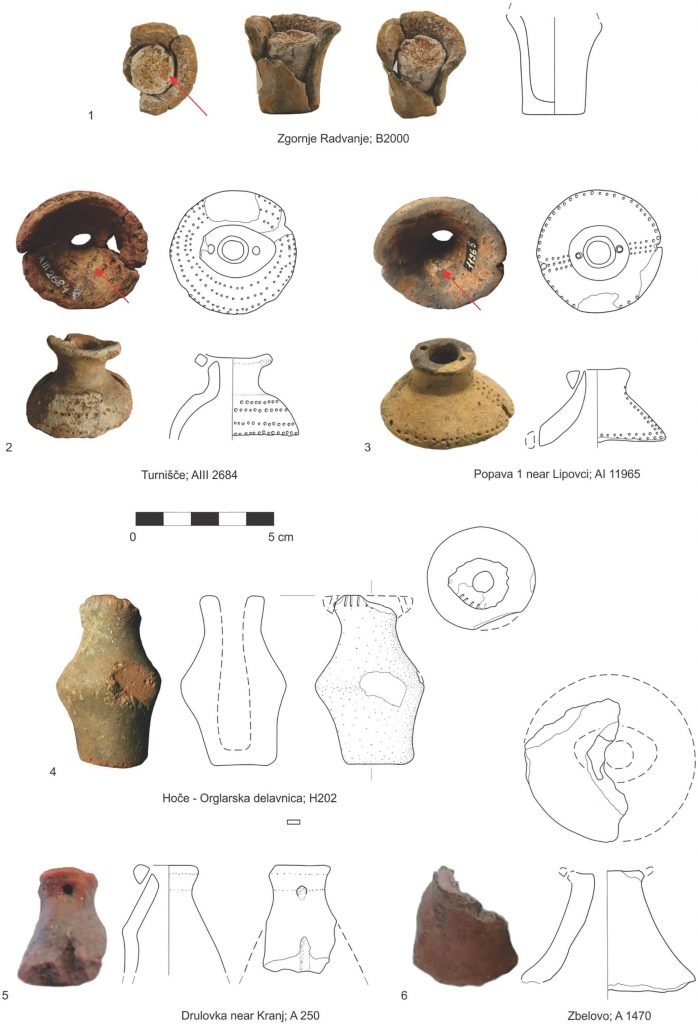
In this study, the researchers took a closer look inside some of the bottles to learn more about what they may have previously carried.
📣 Our WhatsApp channel is now LIVE! Stay up-to-date with the latest news and updates, just click here to follow us on WhatsApp and never miss a thing!!
Cerussite, often known as ‘white lead’ or carbonite, was found in over a dozen of the bottles after a thorough examination. Throughout history, it has been discovered in a variety of vessels from various locations across the world. Small particles of animal fat, beeswax, and plant oils were also discovered in the bottles, all of which were evidence of ingredients intended for skin application.
This research looked into fourteen miniature bottles found in seven distinct locales. Six of the miniature ceramic bottles were from the Lasinja sites in modern-day Slovenia, and eight came from the Borđoš (Novi Beej) village in Serbia, which comprised mixed artifact assemblages of Vinča and Tisza styles.
The bottles have been dated to between 4350 and 4100BC, making them by far the oldest known evidence of cosmetic usage in Europe—they are also older than Mesopotamia and Egypt for cosmetic use. The bottles are thought to have been made and used by the Lasinja, who were Neolithic hunter-gatherers.

